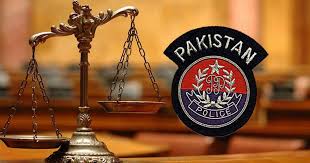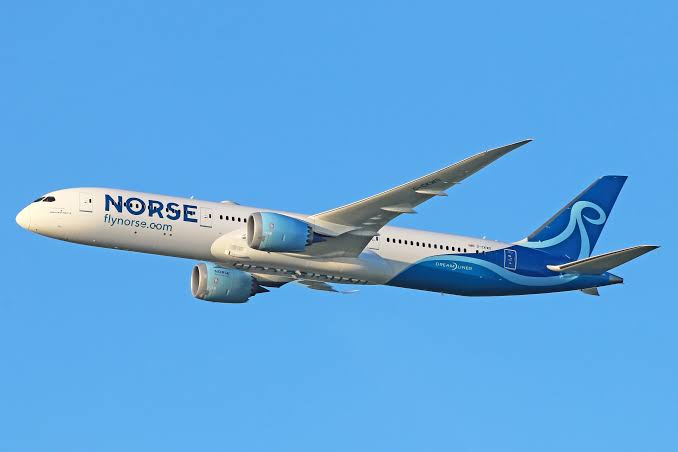By: Farooq Alay
By injuring the youth with irreversible damages Indian Security Forces are creating a whole generation of crippled and paralyzed Kashmiris with lots of mental health crisis, who won’t be productive for their society.
How long shall this brutal massacre, rape and arson continue in the India occupied Kashmir? Isn’t there an end to repression, over one and a half years long curfew, arrests, tortures, sieges and abductions? There is a long list of Indian atrocities; may I present here for record?
There are recorded incidents of massacre, mass graves, extrajudicial killings, torture, sexual violence, suicide and psychological problems, disappearances and human rights violations. In Gawakadal massacre, on 21 January 1990, 51 civilians were killed by Indian troopers during protests against earlier raids in which wanton arrests and molestation of women were conducted. On January 25, 1990, two BSF patrolling parties in Handwara indiscriminately fired at peaceful protesters and killed 25 people. Indian forces killed 33 protesters and injured 47 on 1 March 1990 at Zakoora Crossing and Tengpora Bypass Road in Srinagar. At the funeral of Mirwaiz Muhammad Farooq on May 21, 1990 over 60 civilians were killed by paramilitary forces and hundreds injured in the indiscriminate firing on the funeral procession. On 6 January 1993 Indian troops killed 55 civilians in the town of Sopore and set many homes and buildings on fire. On 22 October 1993 the Indian Army killed 51 civilians during protests over the siege of the Hazratbal Mosque. 25 of those killed were students. On 27 January 1994 the Indian Army killed 27 civilians, mainly traders, in Kupwara district. Survivors say that the soldiers carried out the massacre to punish people for observing shutdown on January 26.
Mass Graves: a state HRC inquiry in 2011 confirmed there were thousands of bullet-ridden bodies buried in unmarked graves in IOK. Out of 2730 bodies, uncovered in 4 of the 14 districts, 574 bodies were identified as the missing. Total number of unmarked graves was more than 6,000.Likewise, extrajudicial killings at the hands of Indian security personnel were recorded by AI in its 1995 report,that hundreds of civilians had been victims of extrajudicial killings, which were often claimed by officers as occurring during “encounters” or “cross-fire”.95,623 brave Kashmiris were killed between January 1989 and June 2020, and 11,207 women gang raped or molested, according to the J&K Coalition of Civil Society.In October 2002, 300-500 people were killed during the election campaign.
Sexual violence and Torture: In Imroz’s study sample of 50 villages, more than 2,000 extreme cases of torture by army and paramilitaries were practiced since 1989. The frequent rape of Kashmiri women routinely goes unpunished. HR groups state that 150 Indian officers of the rank of major or above participated in sexual violence. One of the most horrific incidents is of gendered violence mass rapes committed by ISF in 1991; they raped 150 women and tortured nearly 200 men, during CASO in the region is the Kunan Poshpura.
According to a survey in 2012, 17,000 people, mostly women, have committed suicide during the past 20 years in the Valley. Sexual violence has been routinely perpetrated on Kashmiri women, with 11.6% of respondents saying they were victims of sexual abuse.” Due to the impact of the conflict, a number of people in the valley suffer from various psychological problems like stress, anxiety, mood and post-traumatic disorders. In 2016, the hospital is said to have been overcrowded with more than 100,000 patients.
Disappearances: As per local rights bodies, there are over 8,000 Kashmiri youth, who were killed in custody and were later buried in unmarked graves in these graveyards. In occupied Kashmir, boys aged 14 and 16 are held under dreaded Public Safety Act and sent to jails in India or bring them in the areas near the Line of Control and martyred them in fake encounters. Scratch a little deeper and the wounds of decades of conflict sweeping across the region open up when its 1500-odd widows and ‘half widows’ describe the pain of losing their husbands in course of the ongoing freedom fight. In June 2018, the United Nations, in its first-ever human rights report on Kashmir, wrote that there is also almost total impunity for enforced or involuntary disappearances, with little movement towards credibly investigating complaints, including into alleged sites of mass graves in Kashmir. According to APDP report, people are being detained under the mechanisms of a plethora of existing laws as well as many are held outside the purview of law, in order to suppress any form of political expression by the Kashmiri people.
HR Violations After Article 370 and 35A abbrogation: Since the unrelenting military siege and crippling lockdown imposed by the fascist Modi on August 5, 2019, Indian troops have martyred 235 Kashmiri, at least 1321 people were critically injured. Indians damaged over 2940 houses and structures and molested 74 women during 2001 CASOs and arrested 13562 across the occupied territory. The Indians in quite violation of the international laws, started a new practice of burying the bodies of the martyred youth secretly, without religious funeral, at distant locations places in unmarked graves in the territory. World HR organizations like Amnesty International, International Committee of the Red Cross and Asia Watch to take notice of the plight of illegally detained innocent youth, lodged in various jails of India and Kashmir. As per local rights bodies, there are over 6,000 Kashmiri youth, who were killed in custody and were later buried in unmarked graves in these graveyards.
During all the CASO’s a common practice can be seen that Indian troops forcibly enter the houses, harass the inmates, arrest the youth and ransack their properties. It can be seen that after the abrogation of article 35A and 370, there was increase in the number of injured youth by pallet bullets and other deadly means. By injuring the youth with irreversible damages Indian Security Forces are creating a whole generation of crippled and paralyzed Kashmiris with lots of mental health crisis, who won’t be productive for their society. A 2010 US State Department report cited extrajudicial killings by security forces in areas of conflict such as Kashmir as a major human rights problem in India. Christ of Heyns, a special rapporteur on extrajudicial executions, has warned India that “all of these draconian laws had no place in a functioning democracy and should be scrapped.” On 14 June 2018 for the first time ever UNHRC released a report of 49 pages on human rights violations in Kashmir and accused India on the issue. Secretary General of AI Kumi Naidoo urged the Indian government to act in accordance with international human rights law and standards towards the people living in occupied Kashmir.
New British Foreign Secretary Dominic Raab told the House of Commons that the human rights situation in IHK following the lockdown of the region by the Modi government is “an international issue”. Antonio Guterres: “I go on with a clear opinion that human rights must be fully respected in the territory. Dialogue between India and Pakistan is an absolutely essential element for the solution of the Kashmir”.Geneva spokesperson OHCHR, Rupert Colville Tuesday 29th October 2019 says: “We are extremely concerned that the population of IHK continues to be deprived of a wide range of Human Rights and we urge the Indian authorities to unlock the situation and fully restore the rights that are currently being denied.” Likewise, UAE Ambassador Hamad Obaid Ibrahim Al Zaabi said that 177-day lockdown in occupied Kashmir is complete violation of human rights and the Indian Army’s atrocities have caused serious concerns.
The writer is freelance columnist













